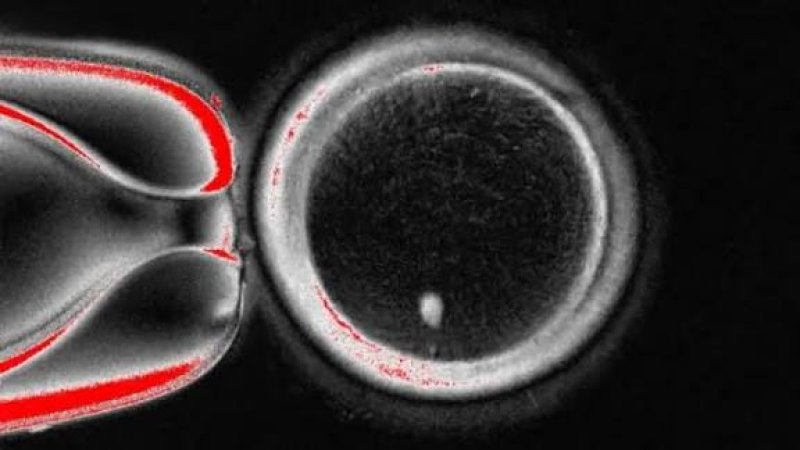

The technique could overcome infertility due to old age or disease, by using almost any cell in the body as the starting point for life.
It could even allow same-sex couples to have a genetically related child.
The method requires significant refinement - which could take a decade - before a fertility clinic could even consider using it.
Experts said it was an impressive breakthrough, but there needed to be an open discussion with the public about what science was making possible.
Now scientists are changing the rules. This latest experiment starts with human skin.
The Oregon Health and Science University research team's technique takes the nucleus – which houses a copy of the entire genetic code needed to build the body – out of a skin cell.
This is then placed inside a donor egg that has been stripped of its genetic instructions.
So far, the technique is like the one used to create Dolly the Sheep – the world's first cloned mammal – born back in 1996.
However, this egg is not ready to be fertilised by sperm as it already contains a full suite of chromosomes.
You inherit 23 of these bundles of DNA from each of your parents for a total of 46, which the egg already has.
So the next stage is to persuade the egg to discard half of its chromosomes in a process the researchers have termed "mitomeiosis" (the word is a fusion of mitosis and meiosis, the two ways cells divide).